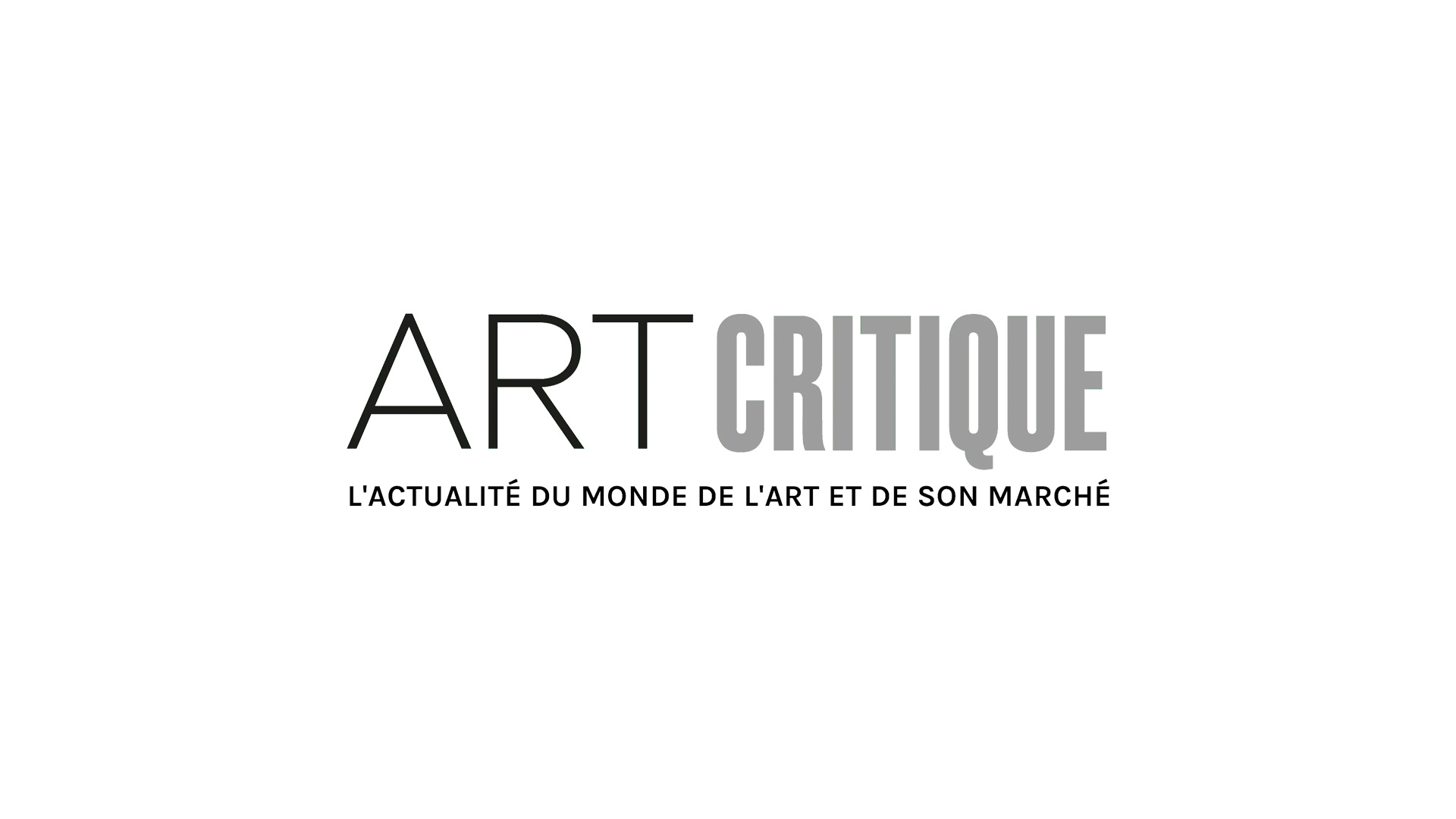Is there anything that can inspire daydreaming more powerfully than insularity? Like Bachelard, everyone nurtures a rich mythology of islands, full of words and images. So, visitors can embark with great pleasure on a tour of the Musée de l’art Contemporain de Montpellier’s (MuCem) beautiful exhibition that employs the concept of islands as its motif. Undoubtedly, the museum has selected the ideal curators for this undertaking: Jean-Marc Besse and Guillaume Monsaingeon, both excellent anthropologists and historians of space and its representations. They have designed a journey that travels between imagination, knowledge and utopias interspersed with objects and documents ranging from History to Ethnology and to modern creation. In fact, the artists have fortunately been stakeholders in this drift from island to island, beginning with Pauline Delwaulle who had commissioned “haiku videos” found throughout the exhibition.
The first stop in the tour is Greece. This, primarily but not exclusively, Mediterranean journey emphasizes two symbolic islands; Ithaca of course, Ulysses Island (or “Ullie” as Sophie Rabau refers to it in the superb exhibition guide), and also Patmos, the place of revelation from which the author of th’ e Apocalypse drew his breathtaking inspiration. From the sensual mythology of polytheism to the aesthetic discourse of early Christianity, the island is a must-see. Later on, it would evolve into a privileged refuge for recluses – Provence, the monastery island of Lérins, which for the last millennium and a half has been dedicated to the spiritual quest, might also have been included here as well as some of the many other maritime sanctuaries showcased in the magnificent “Shared Sacred Sites” exhibition at the Palais de la Porte Dorée. The “mosaic of islands”, a spectacular and enigmatic late antiquity puzzle found in Haïdra, Tunisia, brilliantly continues this legendary passion for the islands.

To a degree, the monastery already represents reclusion. The island is also a place of confinement, either voluntary or imposed, isolated and difficult or impossible to flee. Just near Marseille, and related to the exhibition, the Château d’If splendidly represents this island-prison – which, consistent with romantic imagery surrounding imprisonment, can take on the most ambiguous nuances. Is Robinson, the genie created by Defoe just three hundred years ago, cursed or blessed on his deserted island? What (somewhat) perverse games did the guardians and boys play at in the insular penitentiary of Pierre Herbart’s sublime Alcyon?
Sheltered from social pressures and biases, the very small archipelagic world is evidence of utopia’s the fertile earth. In the modern origins of this genre, Thomas More’s Utopia is an island and the dreamers of worlds continue to give the same closed, perfect shape to the strange products of their imagination that are somewhere between “the world’s end and the end of the world”. After Shakespeare’s The Tempest, Marivaux had often shifted the social laboratories of his plays to offshore settings. And with good reason, Besse and Monsaingeon emphasized the character of Jules Verne, the author of the Mysterious Island, whose “Fantastic Voyages” are interspersed by initiatory islands, as marvellously conveyed by Bertrand Mandico in his film Wild Boys (which was probably inspired by Burroughs but which is a shining example of postmodern Vernism).

Just as fascinating as the imaginary islands are the distant archipelagos when they are visited by scientists who are not always as rational as they would have people believe. The section dedicated to the “islands of knowledge” is particularly memorable. The mapmakers, in seeking to recapture the infinite complexity of reliefs, of the baroque clipping of shores, produce works of an almost abstract beauty, particularly when the reclusive inhabitants themselves draw the maps. Perhaps the most striking item in the exhibition is the “navigation map” made of wood from the Marshall Islands with its three-dimensional islets, currents and winds. It subsequently brings to mind the kula of the Trobriand Islands, explored with such authority by Malinowski, that the MuCem has not overlooked in its scholarly but light-hearted stroll. It also recalls Darwin and his legendary stopover in Galapagos, commemorated in a real cabinet of curiosities that expands the island into a natural treasure that is conducive to enhancing – as well as at risk of exploiting – the collections of princes and scholars.
The organizers of the exhibition in Marseille are to be commended for their decision not to imprison visitors in an unconscious historical-artistic discourse that neglects the present. The sea where the islands are scattered is the same one that crosses the Aquarius. Lesbos is not only the romantic sanctuary of a fantasized Antiquity; it is also, with Lampedusa, one of the most painful points on a map overflowing with the humanitarian failure of a Europe plagued by the worst brownish leeways. In a world on fire, even the islands are no longer protected. Between identity hatred and environmental disaster, the citadels of our dreams are quickly descending into nightmare camps. Faithful to its mandate as a defender, the MuCem offers something to see, and at the same time, something to think about.

Island Time – MuCem, Marseille – until November 11, 2019
Illustrations: 1) Map Office, Moving Lemuria from the Indian to the Pacific Ocean, 2017 – Shells from Sanibel Island, plastic waste collected on the beach, fine white sand, plywood – Artist’s collection – ©mapoffice ; 2) Islands Mosaics, 3rd to 5th century BCE, Haïdra, Tunisia – National Heritage Institute, Tunisia – © National Heritage Institute, Tunisia, photo Rémi Bénali, MDAA/CD13 ; 3) Navigation map, Marshall Islands, Micronesia 20th century – Wood, coral and mineral fragments, plant fibres – Musée du quai Branly − Jacques Chirac, Paris, donation from the Society of friends of the Trocadero Ethnography Museum – Musée du quai Branly − Jacques Chirac, dist. RMN-Grand Palais / Pauline Guyon ; 4) © Solene de Bony, Mucem.
This original Art Critique article was first published by Alain Rauwel on July 26th, find it here.






